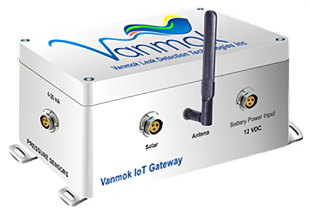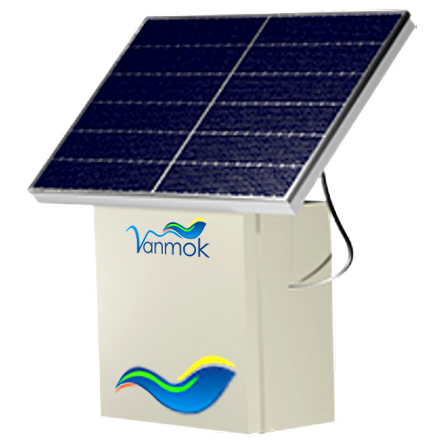Real-Time Transient Modeling of CO2 Pipelines and Phase Behavior During the Leak
CO2 pipelines are a key component of carbon capture, utilization, and storage (CCUS) initiatives. These pipelines are being expanded to facilitate the transfer of captured CO2 from industrial sources to designated storage sites. Utilizing dynamic modeling for CO2 transportation pipelines offers a robust tool for ensuring the safety and efficiency of pipeline operations while minimizing the social and environmental impacts


